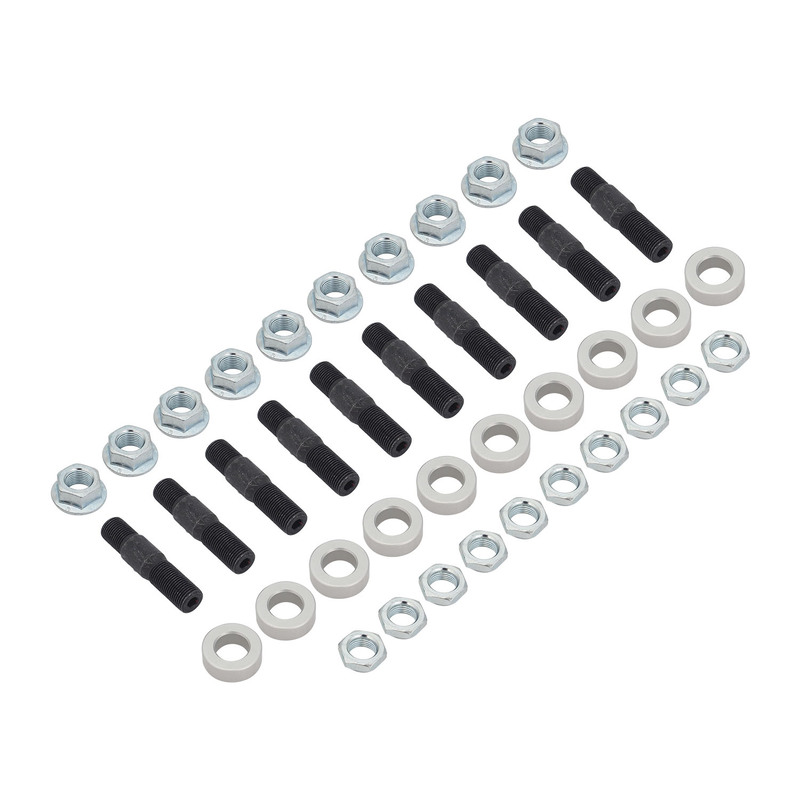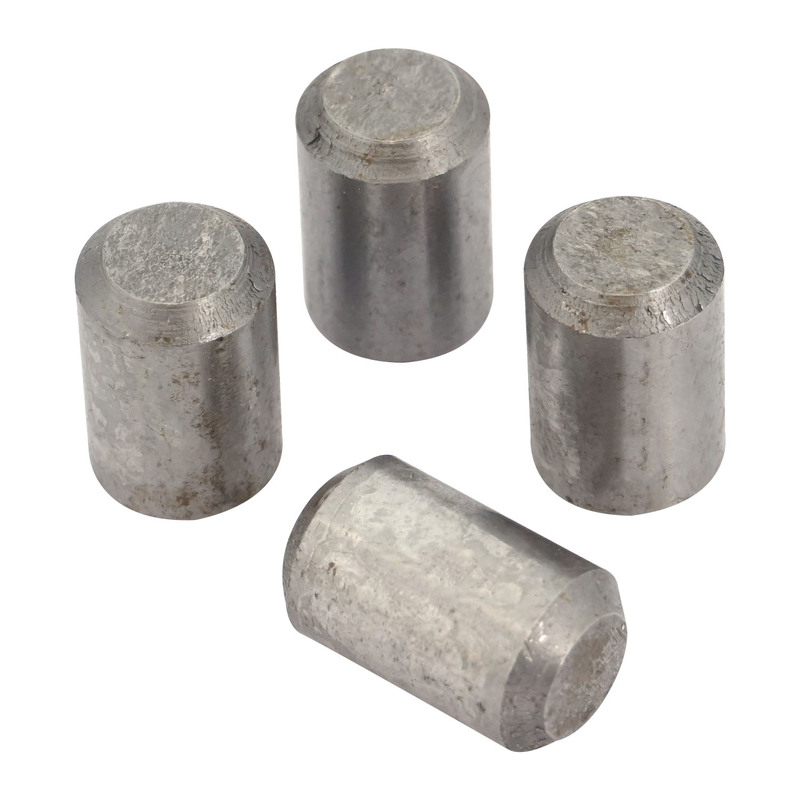Audi present 'TT ultra quattro'
The concept will be part of a huge quattro-themed display at the annual VW event, with the legendary Sport quattro S1, latest RS models and thoroughbred race cars also going on show. The Audi R18 e-tron quattro, which was the first hybrid car to win the 24 Hours of Le Mans last year, will also be part of the action.
The Audi TT ultra quattro concept combines a lean 1,111 kilograms total weight with a 2.0 TFSI engine, whose 228kW and 400Nm propel the coupé from a standstill to 100km/h in just 4.2 seconds, according to Audi. Its power-to-weight ratio of 205 kW-per-tonne is on a par with thoroughbred super sportscars.
The current series-production TT has a body weight of just 206 kilograms plus 98 kilograms for the detachable body parts, which the engineers from Ingolstadt and Neckarsulm fine-tuned to come up with the body for the Wörthersee showcar, shedding 43 kilograms from the body structure. Together with the optimised detachable body parts, the result is a weight saving of 100 kilograms.
The concept uses carbon-fibre reinforced polymer (CFRP) throughout the rear end, centre tunnel, B-pillars and in the roof. Magnesium components in the floor and used as hinge reinforcement reduce weight even further. Appearance-wise, Audi designers honed the showcar's contours, adding large spoilers and a functional carbon fibre rear wing. The non-carbon fibre sections of the concept are painted in special 'Crystal White,' paint.
In the interior, carbon fibre also adorns the door trim, centre console and the cross-bracing that replaces the rear seat bench. The developers have also fitted the bucket seats from the R8 GT to the concept; their chassis alone, made out of fibreglass-reinforced plastic (FRP), reduce weight by 22 kilograms.
Despite the race-spec trim, air conditioning, electric window controls and an electromechanical parking brake come as standard on the TT ultra quattro concept, while the exterior mirrors are replaced by compact cameras which transfer the images directly into the digital cockpit.
The front brakes feature ceramic discs with an aluminium fixed caliper, the exhaust system made out of titanium ends in a single central tailpipe. The wheels also reduce weight by 20 kilograms, with spokes made out of high-strength aluminium bolted directly to the CFRP wheel.
Even the suspension has been to the gym on the TT ultra quattro concept; the coil springs are not made out of steel but from fibreglass-reinforced plastic (FRP). The core of the springs consists of long glass fibres twisted together and impregnated with epoxy resin. A machine wraps additional fibres around this core, with successive layers supporting each other and acting in either compression or tension. The use of FRP at this point cuts weight by 40 percent - 6 kilograms in relation to the car as a whole.
To achieve mass centralisation, the lithium-ion starter battery is located in the interior under the driver's seat. It is much smaller than a lead battery and weighs as little as just under four kilograms. Overall, the lightweight construction measures make the concept car 300 kilograms lighter than the comparable series-production model.
The ultra quattro's modified 228 kW 2.0-litre TFSI four-cylinder engine develops its maximum torque of 400 Nm between 1,900 and 5,000 rpm, putting it on a par with the power of the V8. Modifications to the crankcase, crankshaft, balancer shafts, flywheel, oil sump, bolts and certain ancillary units make the engine 25 kilograms lighter, as well as improving performance.
Like the "Ur-quattro" from 1980 and more than five million series-production vehicles since, the showcar is also fitted with the quattro permanent all-wheel drive. With its six-speed transmission, the TT ultra quattro concept is 1.3 seconds faster than the series-production model when accelerating from 0 to 100 km/h. Top speed is 280 km/h.
The showcar demonstrates the technical possibilities of an intelligent mix of materials, which Audi say can be utilised to apply considerable weight savings on existing series-production models, adding that usage of these technologies is conceivable for future small-batch series vehicles.














